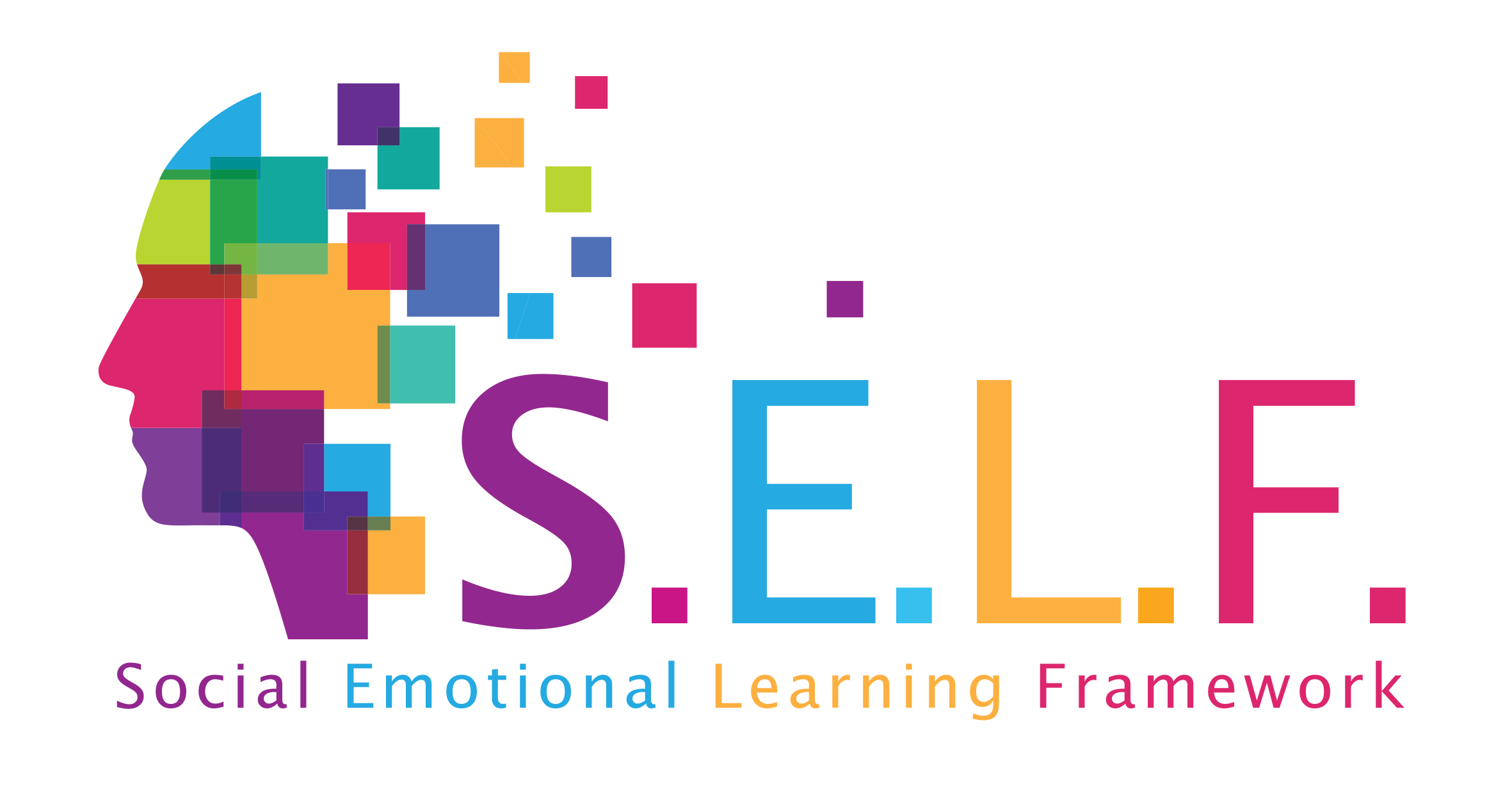Medya Okuryazarlığı ve Medyada Nefret Söylemi
Uygulama:
Öğrenciler gruplara ayrılır, medya okuryazarlığının anlamı ve temel ilkeleri ile ilgili önceden hazırlanmış bir i-book paylaşılır. Gruplar, ipadleri aracılığı ile i-book çalışmasını açar. Öncelikle medyadaki bilgilerin güvenirliği üzerine tartışılır ve değerlendirmeler yapılır. Ardından medyadaki kalıp yargılara değinilir ve örneklere geçilir. Gruplara, medyadaki kalıp yargıları gösteren örnek reklam filmlerinden, sinema filmlerinden, dergi ve gazete gibi basılı materyallerden alınan örnekler gösterilir. Grupların, kendilerine gösterilen örneklerdeki kalıp yargıları bulmaları istenir. Bu kalıp yargılar içerisinde; cinsiyetçi, ırkçı ve ayrımcı söylemler yer almaktadır. Kalıp yargıları bulan gruplardan, bu yargılara alternatif söylemler üretmeleri istenir. Gruplar ellerindeki materyalleri; insan haklarına saygılı, cinsiyetçi ve ırkçı olmayan, eşitlikçi ve özgürlükçü bir alternatif söyleme dönüştürmeye çalışır. Hrant Dink Vakfı’nın oluşturduğu alternatif söylem kriterleri baz alınır. Çalışmanın sonunda her grup; medyadaki cinsiyetçi ve ırkçı söylemlere karşı toplumsal farkındalık yaratacak bir slogan ve afiş tasarlar. Grup afişleri ve sloganları sınıfta hep birlikte değerlendirilir ve paylaşım yapılır.
Ne Zaman Kullanılabilir
7. Sınıf – İletişim ve İnsan İlişkileri Ünitesi
Yaş Düzeyi
13-14 (Ortaokul 7. Sınıf)
Süre
120 dk (3 ders)
Malzemeler
Ders materyali (i-book), medya içerikleri (reklam, sinema filmleri, tv, gazete ve dergi), Hrant Dink Vakfı Medyada Nefret Söylemi Tarama Kriterleri.
İlgili Sosyal Duygusal Öğrenme Alanları
Öğrenciler yaptıkları bu çalışma ile; medyadaki kalıp yargıları fark ederek özellikle cinsiyetçi ve ırkçı medya diline dolayısıyla toplumdaki dile eleştirel bir gözle bakmayı öğrenirler. Bu farkındalık sonucunda; ırkçı, cinsiyetçi ve ayrımcı olmayan; toplumsal duyarlılığa uygun, bütünleştirici alternatif söylemler geliştirirler. Bu farkındalığı, toplumu dönüştürmek üzere hazırlayacakları slogan ve afişlerle pratik hayata geçirirler.
Amaç
Öğrencilerin; medyadaki bilgilerin güvenirliğini sorgulamasını, medyada yer alan cinsiyetçi ve ırkçı söylemleri fark etmesini ve bu söylemler yerine alternatif söylemler üretmesini sağlamak.
